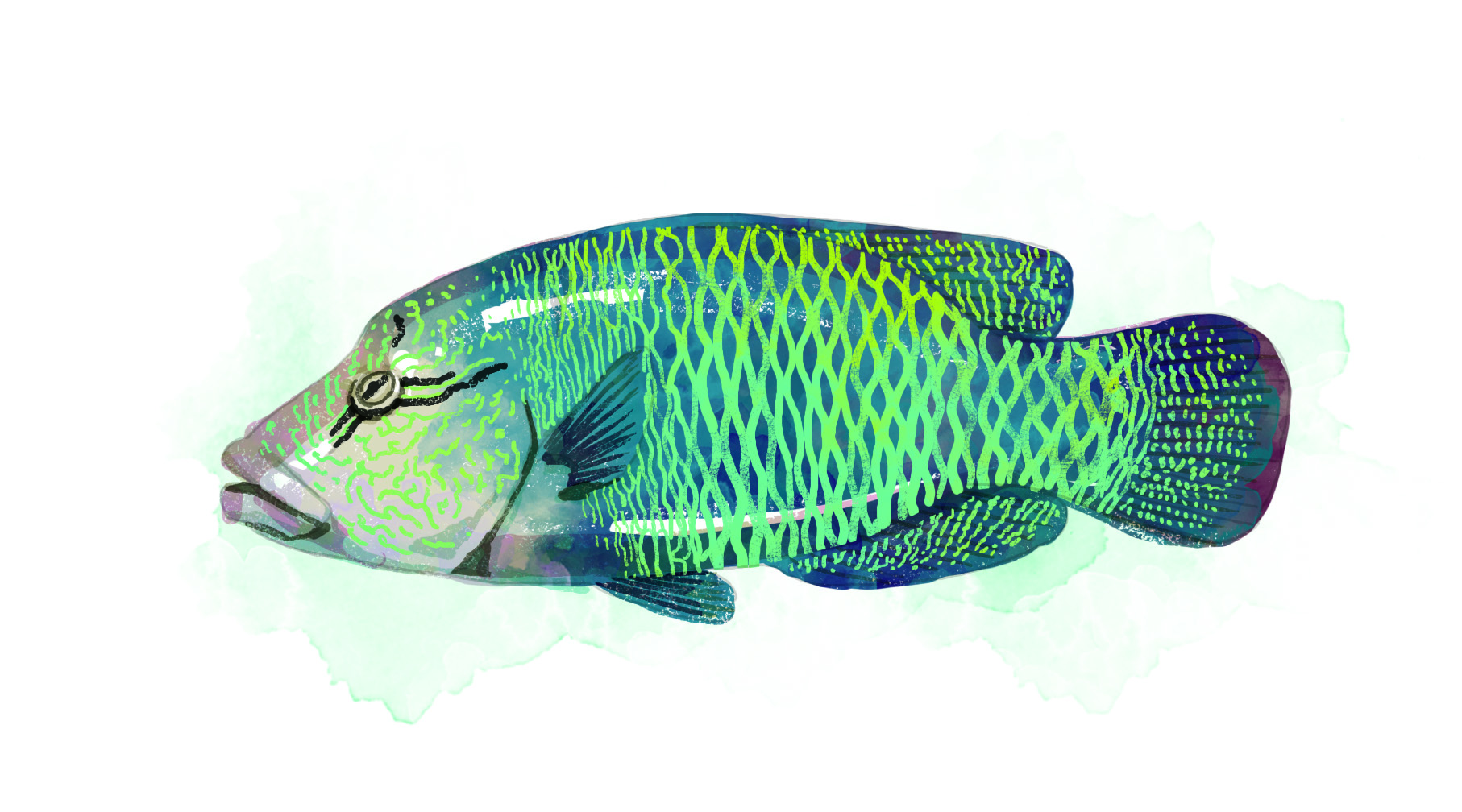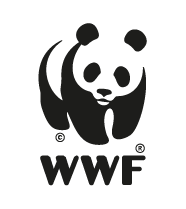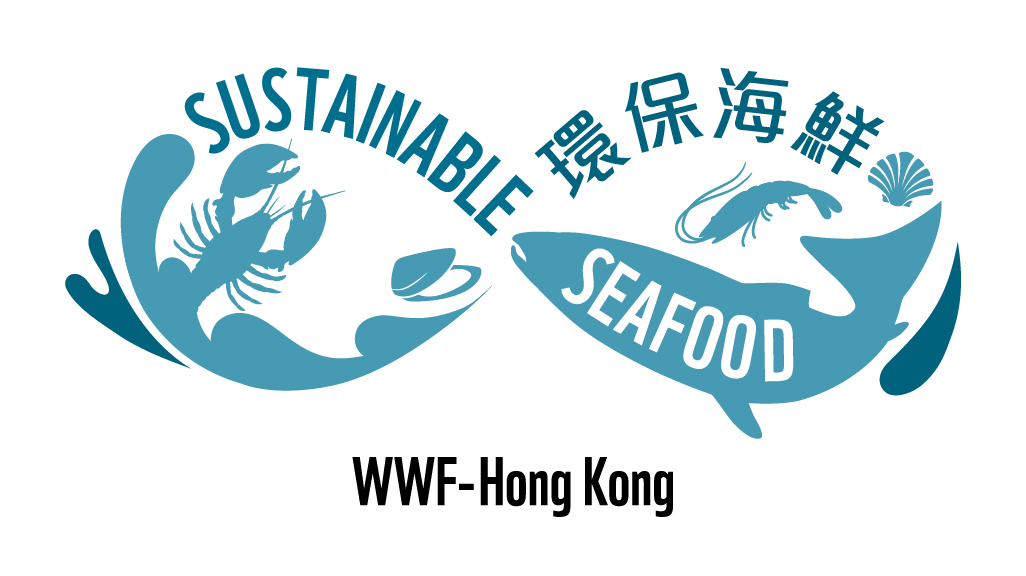
In major source countries of this species, the fishery and trade data suggested a decline of 90% or more over 15 – 20 years. In some coastal provinces in the Philippines, this species catch is in some cases less than 5% of the levels of only a few decades ago.
Hook and lining is a relatively selective fishing method but it can still catch non-target species and overfished. This non-target catch would also be retained, however the level of this non-target catch is unknown. In many places, catches of humphead wrasse is mainly or almost exclusively comprise juveniles of this species. This fishing method has minimal impact to the seabed. Cyanide fishing is noted for catching this species and this fishing method has significant negative impact on the habitats, particularly coral reefs.
The stock is severely under-monitored and illegal fishing is an issue. Management measures vary among countries, and can include minimum size and annual quota. Cross-border trade in this species is regulated and monitored by CITES. In Hong Kong, “Licence to Possess” is required for trading of live wild humphead wrasse. Overall speaking, management on this species is considered not effective and the illegal trade in this species is a serious issue.

